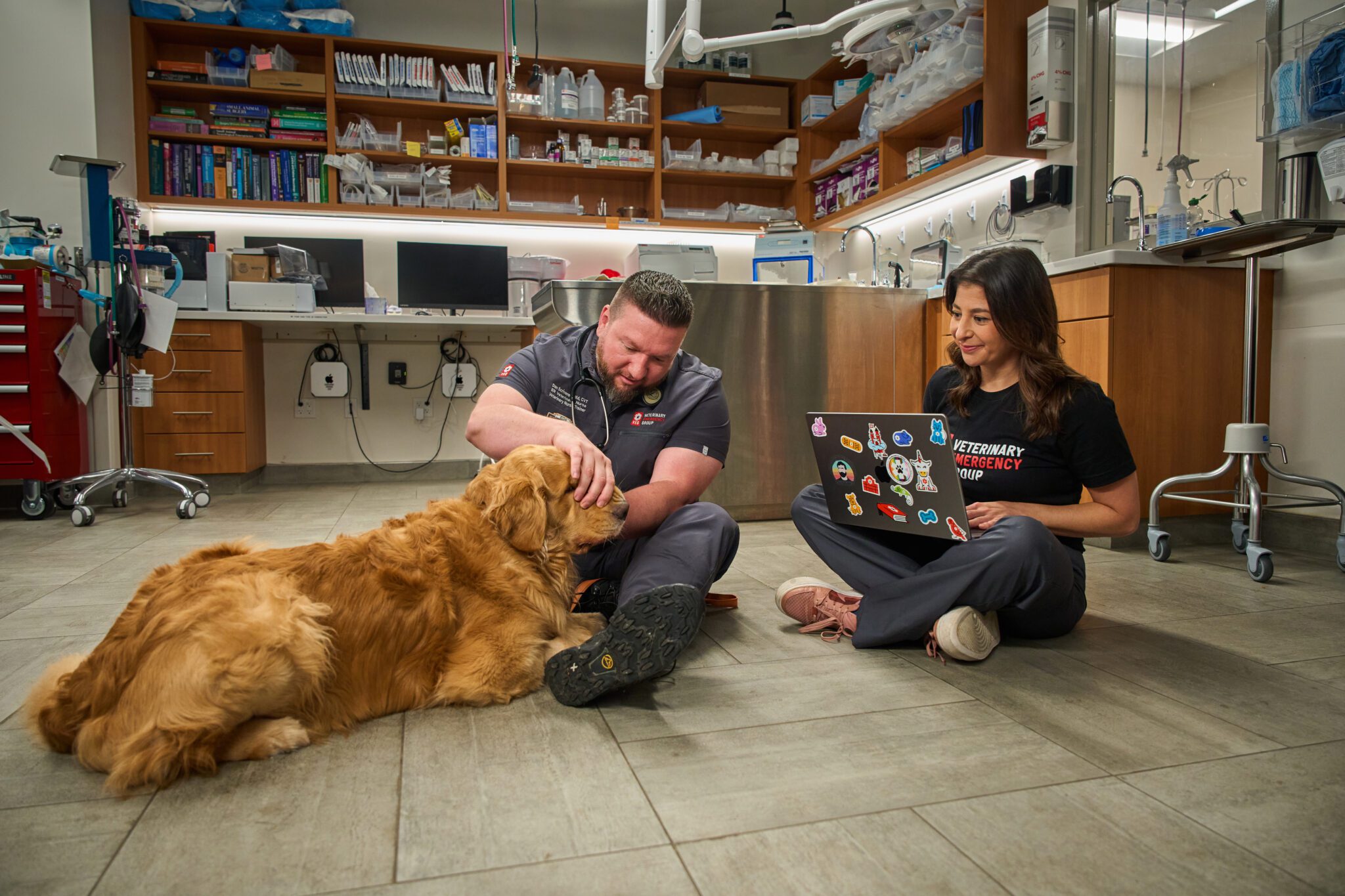
What is Valley Fever in Dogs and is it an Emergency?
Dr. Chelsie Narito
Call & Speak with a doctor Open 24/7, Even Holidays!
Walk in today for:
Emergencies
Point-of-Care Ultrasound
Urgent Care
X-Rays
Diagnostics + Testing
End-of-Life Care
Surgery
Treatment + Hospitalization
Some canine diseases carry names that may not seem too terrible but can wreak havoc on your dog. Meet Valley Fever. How bad could a fever be, you might ask. We’re going to sink our teeth into this one because it’s a potential health issue that every dog owner should know about.
WHAT IS VALLEY FEVER?
You may be aware of Valley Fever in dogs, especially if you live in southwestern or western United States. Valley Fever is a disease caused by a fungus called Coccidioides, which lives in soil primarily found in the U.S. West and Southwest, as well as parts of Mexico and Central America. When disturbed, the fungal spores can become airborne and we know how dangerous that can be for humans. Well, same for dogs. The spores are most likely inhaled by your dog while enjoying digging-in-the-dirt fun, but it can even happen during a simple walk.
Valley Fever is tricky because it’s not transmitted from dog to dog or from dog to human. It’s all about that soil and the environmental factors that make these spores go airborne. They can really stir up trouble! Knowing where these spores are most prevalent can help you avoid high-risk areas.
RECOGNIZING VALLEY FEVER SYMPTOMS IN DOGS
Recognizing the signs of Valley Fever in your dog is crucial for early intervention. In the beginning stages, the symptoms can be quite subtle and may resemble other minor illnesses. So let’s talk about early symptoms versus signs of a more advanced illness.
Early indicators of Valley Fever in dogs includes:
- Coughing
- Fever
- Lethargy
- Loss of appetite
As the disease progresses, the symptoms can become more severe and might include:
- Lameness
- Significant weight loss
- Swollen lymph nodes
- Difficulty breathing
Note that these symptoms can also be indicative of other illnesses. However, if you live in an area where Valley Fever is prevalent and your dog starts showing these signs, consult a veterinarian. Early diagnosis can make a significant difference in your dog’s prognosis.
WHEN TO CONSIDER VALLEY FEVER AN EMERGENCY
Valley Fever can escalate to an emergency situation, particularly when it spreads from the lungs to other parts of the body like bones, skin, or even the brain.
Advanced symptoms may include:
- Dermal abscess/swelling of skin
- Swelling of limbs
- Brain swelling/seizures
- Blindness
- Sudden collapse
- Extreme lethargy
If you notice any of these advanced symptoms, don’t hesitate—call your nearest Veterinary Emergency Group location right away. We’re open 24/7 to take calls or come right in and see a doctor right away. Timely intervention can make all the difference for your pup’s health.

